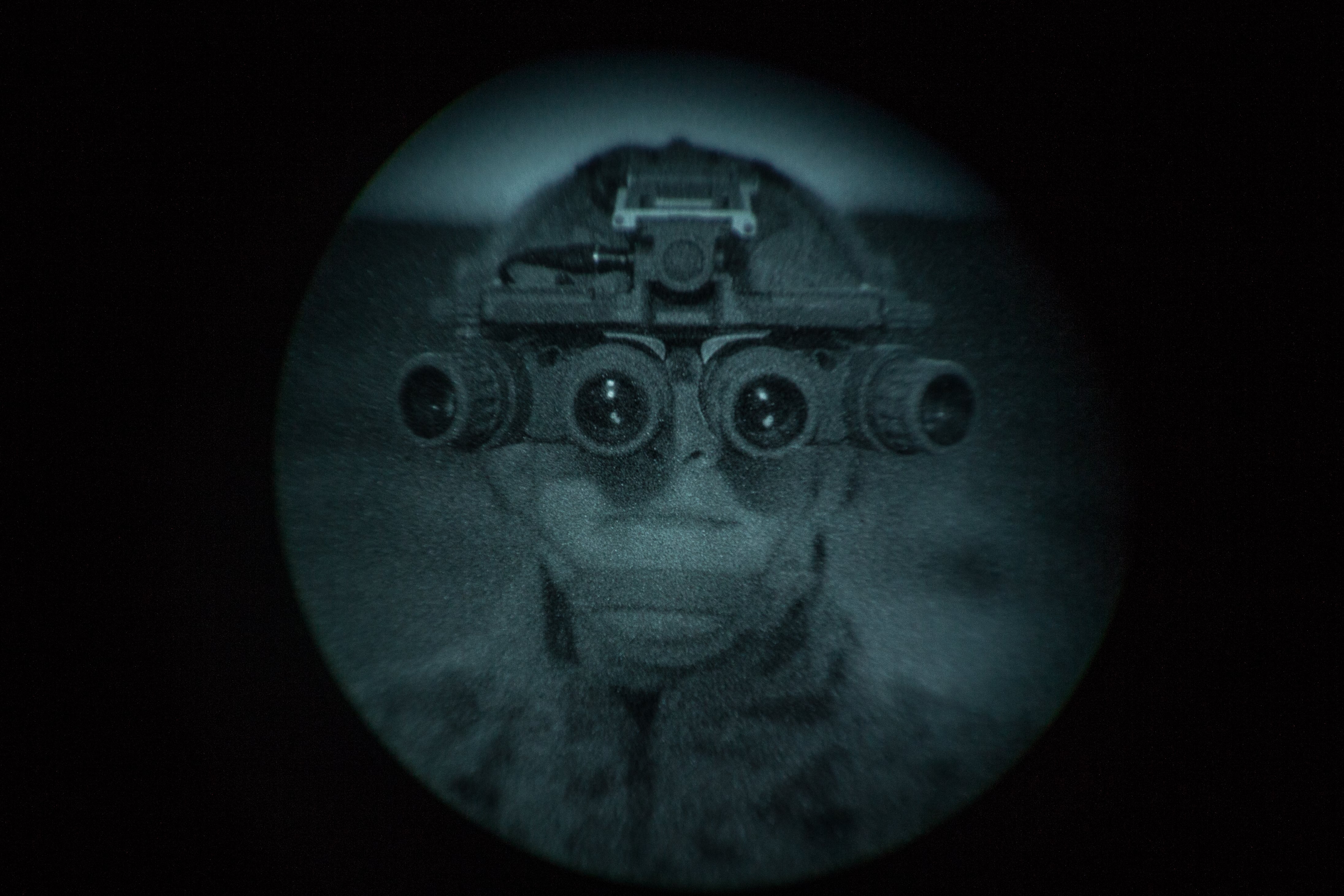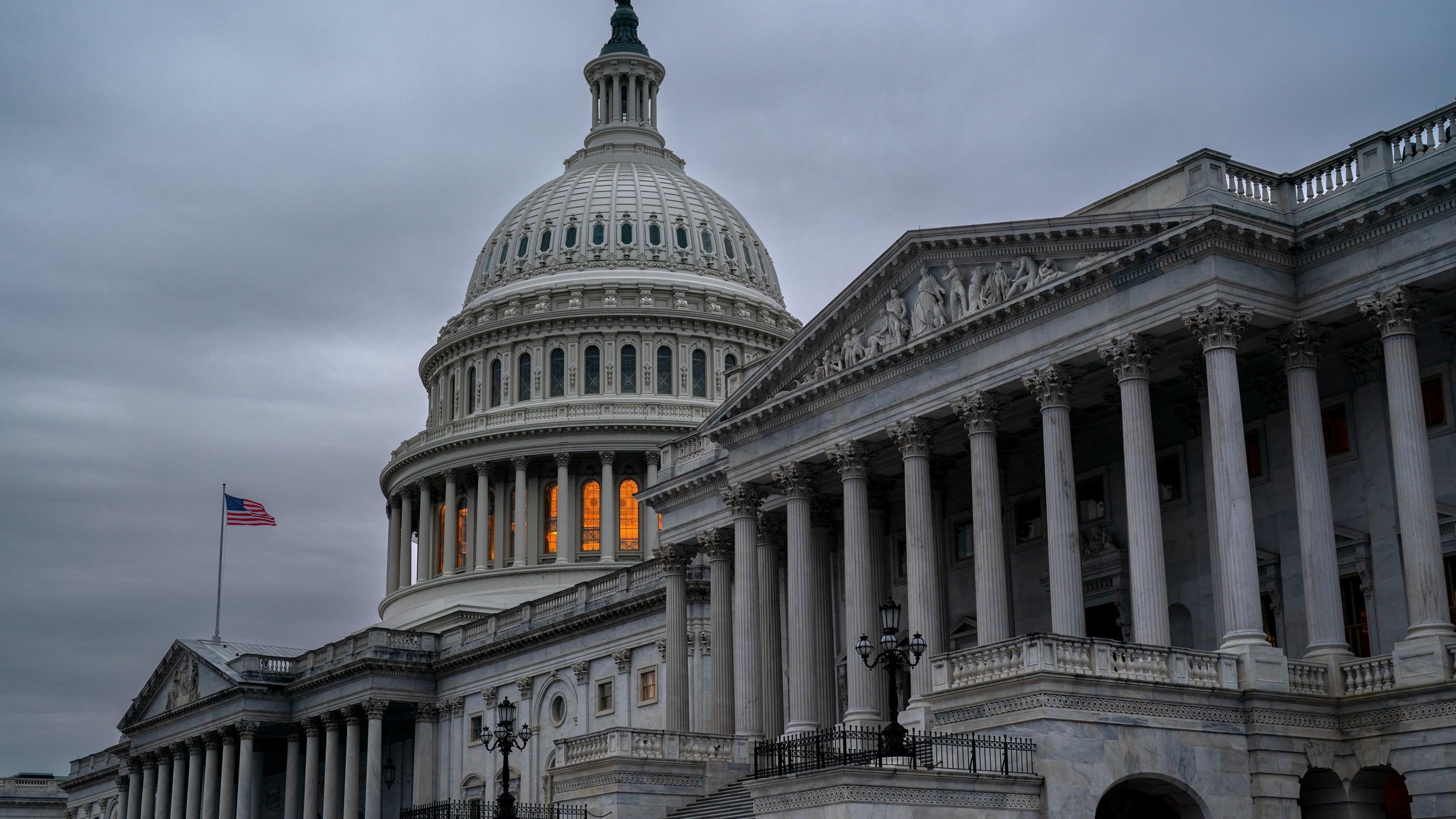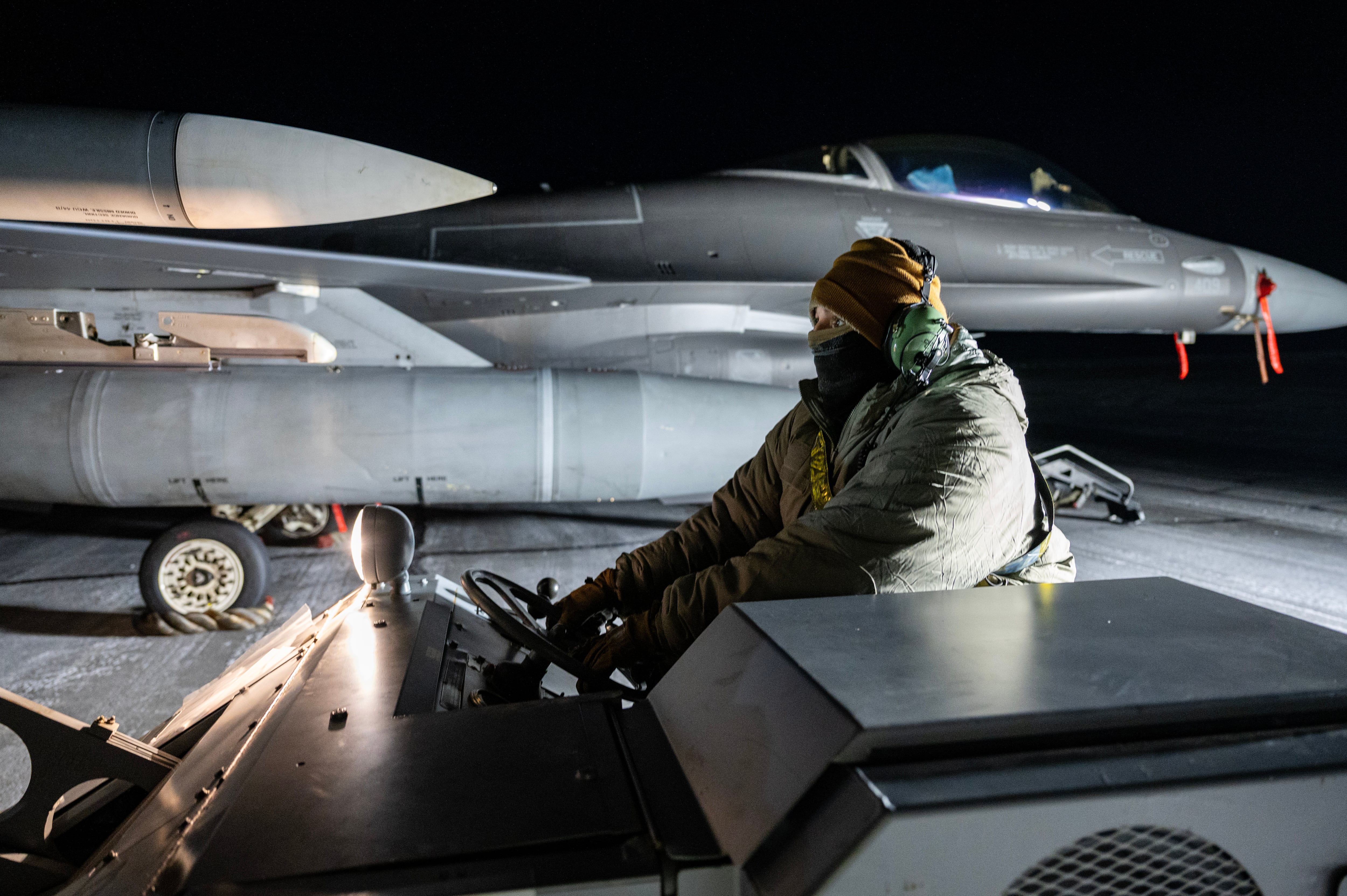A recent UN report claims that commercial and military night vision devices are being supplied to the Taliban in increasing numbers.
Afghan officials cited in the report said the Taliban had at least one night vision device and sniper rifle “for each unit of 10 to 16 Taliban fighters,” the UN report reads.
“The type and origin of such equipment varies and suggests that a number of commercial and military stock items are being supplied in increasing numbers,” according to the report.
The devices may be finding their way into the hands of the Taliban through corruption, battlefield losses or the arms black market in the region.
“The Taliban enjoy robust supplies of weapons, ammunition, funding and manpower, with 60,000 to 65,000 fighters and half that number or more of facilitators and other non-combatant members," the report reads.
The report, prepared by UN’s Analytical Support and Sanctions Monitoring Team, detailed that most of the devices appear to be rifle rail mounted devices such as thermal and night vision scopes.
The night vision devices allow the Taliban to “effectively harass isolated Afghan National Defence and Security Forces checkpoints” and “has proven to be a successful tactic in both gaining and holding territory, as well as being a catalyst for demoralizing the Afghan Forces at such checkpoints,” the report detailed.
RELATED

Night vision equipment observed by the sanctions monitoring team include BAE’s OASYS universal thermal monocular device, PULSAR and ATN ThOR-HD night thermal scopes, according to the UN report.
The monitoring team said it had also seen Soviet military 1PN night vision scopes.
“Equipment is normally rail mounted onto rifles and becomes most effective in combination with the Taliban’s use of Dragunov 7.62 x 54 mm sniper rifles, which allow effective targeting at up to or even above 800 meters,” the report reads.
Taliban fighters have also been known to acquire night vision goggles through attacks against Afghan commandos and special operations units supplied with U.S. night vision tech.
The U.S. military has supplied Afghan forces with the older generation PVS-7B binocular night vision, and some Afghan special operations units have received monocular PVS-14 devices. Afghan pilots flying night missions are also outfitted with night vision tech.
A December 2018 DoD report noted that the U.S. military was unable to account for about 1,000 night vision devices supplied to Afghan forces.
Taliban forces are using the night vision scopes to attack static checkpoints with great success on the battlefield.
The U.S. military has advised Afghan forces to reduce the number of checkpoints, arguing that the static sites tie down forces and reduce the ability of Afghan troops to launch offensive operations or counter Taliban attacks.
“The overwhelming majority of successful Taliban attacks against ANDSF forces and over half of the ANDSF casualties occurred at poorly manned static checkpoints,” a 2019 DoD report reads.
The DoD report detailed that Afghan forces continue to man an “excessive number of checkpoints, hampering efforts to expand security.”
A July government watchdog report from the Special Inspector General for Afghanistan Reconstruction said that there was a 7 percent increase in casualties among Afghan forces conduction checkpoint operations when compared to last year.
The proliferation of night vision devices across battlefields in Iraq, Syria and Afghanistan is eroding America’s edge in dominating night time operations.
Resolute Support and U.S. Forces Afghanistan did not immediately comment.
Shawn Snow is the senior reporter for Marine Corps Times and a Marine Corps veteran.





